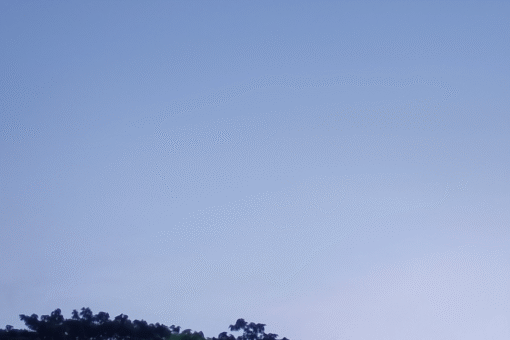
Cashew Apple Liquor-Based Cough Syrup – A Natural, Safe, & Sustainable Healthcare Solution
The idea of developing a natural cough syrup from Goa’s traditional cashew apple liquor (Feni) brings together science, indigenous knowledge, public health, and farmer welfare. With rising concerns over the ingredients used in conventional cough syrups, there is a growing need to explore safer and more sustainable alternatives. Cashew apple liquor, deeply rooted in Goa’s culture and produced by local communities for generations, offers a promising foundation for such innovation.
This proposal highlights the potential for a collaborative effort involving universities, health sciences institutions, industry partners, and government agencies to explore and develop a cashew apple liquor-based cough syrup that is natural, safe, and supportive of sustainable rural livelihoods.
Background and Rationale
Recent global concerns about harmful ingredients in certain cough syrups have sparked widespread social, political, and economic reactions. This situation underscores the urgent need to explore natural, harmless, and easily available remedies—especially for children.
Cashew apple liquor (Feni), with its rich nutritional properties and traditional medicinal uses, presents a unique opportunity. While consuming it directly is an adult matter, using it in small, carefully calibrated concentrations within a medicinal syrup could make it suitable for all age groups.
For centuries, humans have used naturally fermented liquors not only for enjoyment but also for easing fear, distress, and minor ailments. In Goa, villagers have long regarded Feni as beneficial, reflected in the well-known Konkani phrase:“Kazoocho Soro Jeevak Boro” – Cashew liquor is good for life.
Across India, cashew apple production generates nearly 4 million metric tonnes of fruit, much of which is discarded. Harnessing this underused resource could provide farmers with new income streams while supporting local industry.
Why a Natural Alternative Is Needed
Children everywhere deserve safe, effective, and accessible healthcare solutions. A cough syrup made from cashew apple liquor can be:
– Natural
– Farmer-friendly
– Sustainable
– Easily produced at village level
In Goa, Feni is a Geographical Indication product traditionally made in small distilleries by local farmers. Other states can also adopt simplified regulations to support decentralized production. A trust-based system with self-regulation, supplemented by excise oversight, can ensure responsible and viable production.
Transporting cashew apples to distant distilleries is often unviable; therefore, a farmer-oriented, village-level approach ensures better outcomes for both producers and consumers.
Scientific and Pharmaceutical Considerations
Most conventional cough syrups—Zeecof, Coflet EX, Corex, Benadryl, Tus-Q, Ascoril, and others—contain active ingredients such as – dextromethorphan, phenylephrine, chlorpheniramine, codeine, paracetamol, bromhexine, terbutaline, salbutamol, guaifenesin, ambroxol, etc.
These medications are effective but must be used cautiously and as directed by healthcare professionals.
In contrast, a cough syrup based on cashew apple liquor at 20–22% concentration, combined with a simple sugar base, could reduce reliance on chemical additives while offering natural therapeutic value. Pharmaceutical expertise is essential to ensure safety, dosage accuracy, and compliance with standards.
Universities and industry partners should collaborate to incubate and support this innovative product. At least ten pharmaceutical companies may compete to develop a cashew apple liquor-based cough syrup for both the Indian market and export.
Implementation and Collaboration
A coordinated effort is needed to transform this concept into a viable healthcare product. Steps include:
Engaging universities, health sciences institutions, and industry partners
Signing a Memorandum of Understanding with key organizations, including IMA Mangalore
Conducting detailed studies on formulation, dosage, safety, and efficacy
Encouraging research in formats that are:
– Scientific
– Technological
– Technical
– Pharmaceutical
– WHO-compatible
– Designed specifically for human use
The overarching goal is to create a cough syrup safe for:
– Infants
– Children
– Adolescents
– Adults
– Elderly populations
Cashew apple processing should become a home industry, where farmers extract juice and ferment it with support from State Excise Departments.
International Dimension
This project offers an opportunity for integrated collaboration at the global level. The FAO, UNIDO, and WHO, working together with the Government of India, can pioneer a model that links:
– Agriculture
– Industry
– Public health
Such inter-agency cooperation would promote sustainable innovation, rural livelihoods, and India’s traditional strengths in natural product development.
Conclusion
A cashew apple liquor-based cough syrup brings together tradition, science, and sustainability. It offers a path toward a natural, safe, and culturally rooted healthcare solution while enhancing farmers’ incomes and reducing waste. Through coordinated research, responsible production, and international collaboration, this vision can become a transformative model for natural healthcare innovation.








